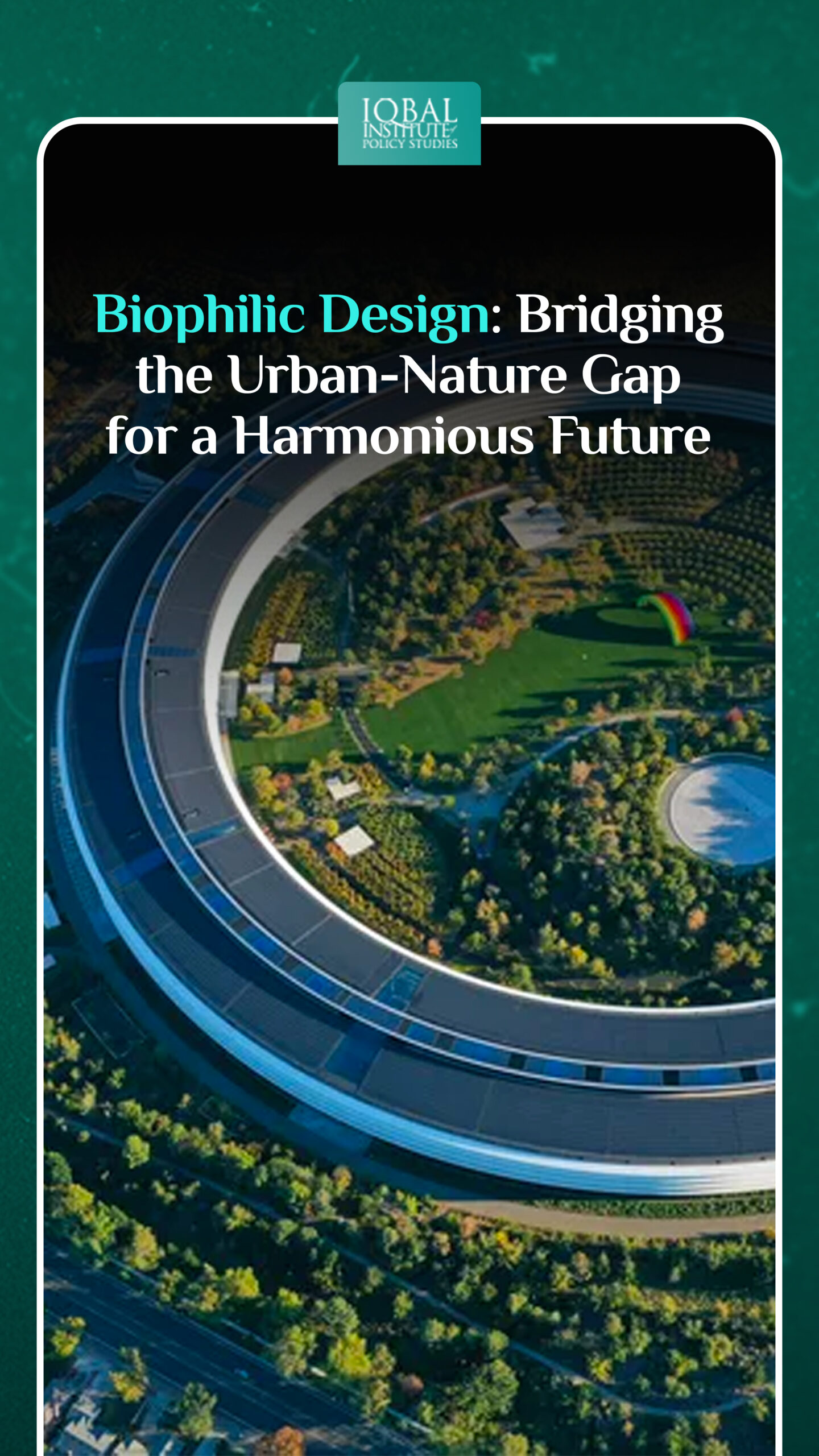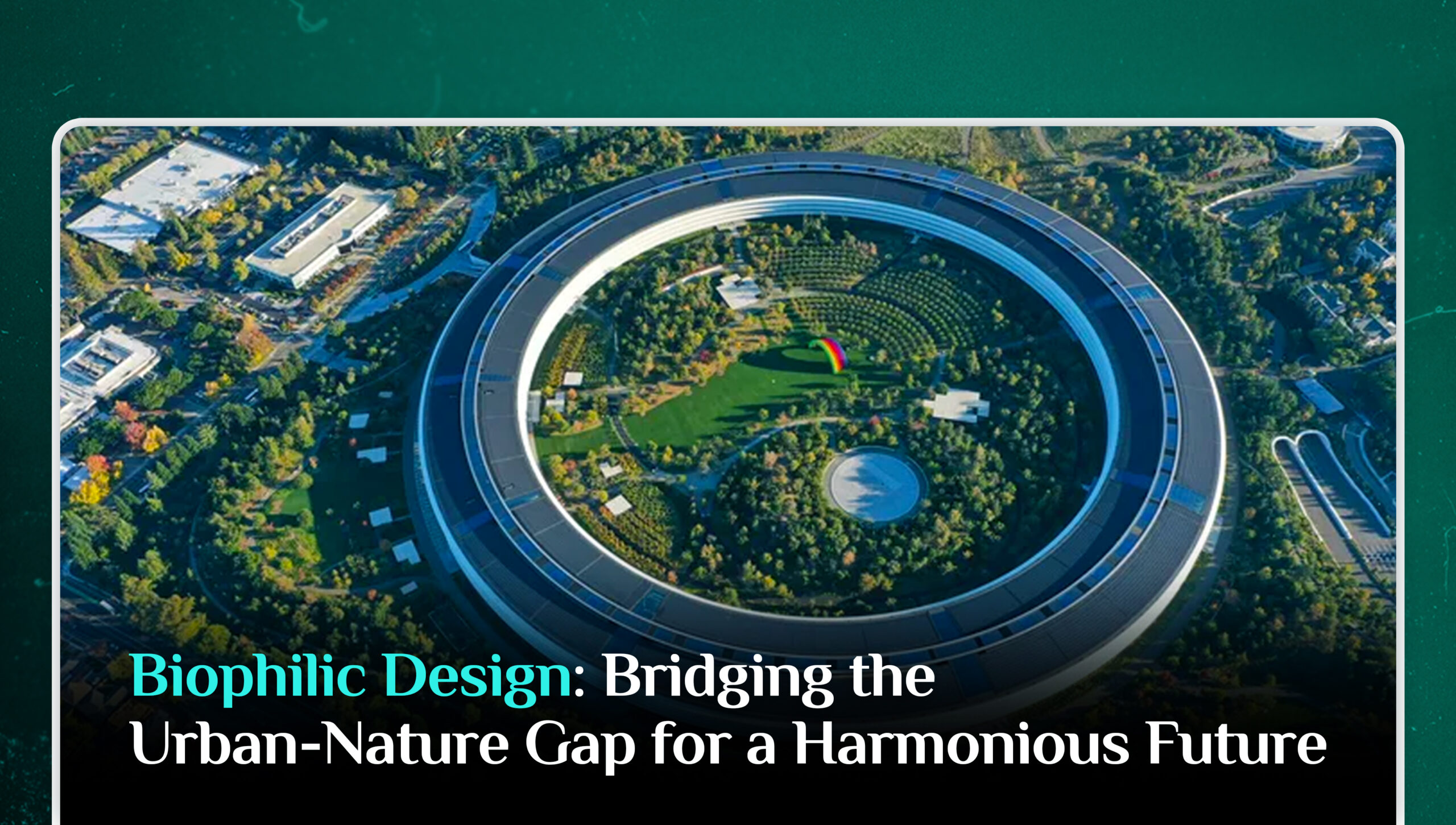In the hustle and bustle of urban living, where concrete jungles dominate the landscape, there exists a growing desire to reconnect with nature. Biophilic design emerges as the bridge spanning the gap between the urban environment and the natural world, fostering a symbiotic relationship that enhances well-being and elevates the quality of life. Join us on a journey through the verdant realms of biophilic design and discover how it transforms cold, concrete spaces into flourishing urban ecosystems.
The Call of the Wild in Concrete Canyons
Nature Deficit Disorder: Unraveling the Impact of Urbanization
As urbanization accelerates, humans find themselves increasingly detached from the natural world. The rise of Nature Deficit Disorder highlights the adverse effects of this disconnection on mental and physical health. Biophilic design steps forward as a remedy, introducing elements of nature into the heart of urban spaces.
Principles of Biophilic Design
Mimicry and Metaphors: Integrating Nature into Architecture
Biophilic design principles draw inspiration from nature’s patterns, colors, and textures. From incorporating natural light to using organic materials, architects and designers weave a tapestry of biophilic elements. This chapter delves into the essential principles guiding the transformation of sterile structures into vibrant, living environments.
The Healing Power of Green Spaces
Urban Oases: Parks, Gardens, and Vertical Forests
Explore the transformative impact of green spaces on urban dwellers. From sprawling parks providing an escape from the concrete jungle to innovative vertical forests that breathe life into skyscrapers, discover how these pockets of nature contribute to mental health, relaxation, and community cohesion.
Nature Indoors: Bringing the Outdoors Inside
Living Walls and Indoor Gardens: A Breath of Fresh Air
Biophilic design transcends traditional boundaries, infiltrating interiors with the essence of nature. Living walls adorned with lush foliage and indoor gardens create a seamless transition between indoor and outdoor environments. Uncover the psychological benefits of surrounded by greenery, even within the confines of an office or home.
Biophilic Design in Action
Case Studies and Success Stories
Embark on a virtual tour of biophilic design in action. From iconic structures that seamlessly blend with their natural surroundings to community projects enhancing the urban fabric, these case studies demonstrate the versatility and impact of biophilic design on diverse scales.
Cultivating a Greener Tomorrow
In the closing chapter, reflect on the transformative potential of biophilic design in reshaping the future of urban living. As cities evolve into thriving ecosystems that coexist harmoniously with nature, the vision of a greener, healthier, and more sustainable tomorrow comes into focus. Biophilic design emerges not just as a trend but as a vital component in the quest for balance between urban progress and ecological preservation.
Embrace the verdant revolution of biophilic design, where the concrete canyons of today transform into the lush, interconnected landscapes of tomorrow. Join the movement towards a harmonious coexistence of urban and natural, where the boundaries between the built environment and the great outdoors blur, fostering a brighter, greener future for generations to come.
This article is written by Shahmeer Adnan. Shahmeer is a research analyst at the Iqbal Institute of Policy Studies (IIPS).



Leave a Reply